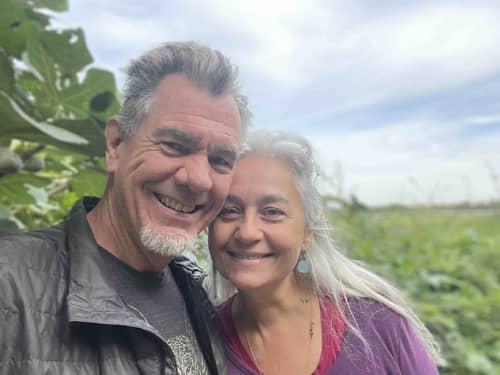
“ Progress is impossible without change, and those who cannot change their minds cannot change anything.”
~ George Bernard Shaw
How do you feel when you encounter something familiar? Isn’t it nice to know how something works or how it’s going to operate? It’s human nature to reach for the tried-and-true before venturing into the unknown.
But here’s the thing: familiar isn’t always better. Just because there’s a well-worn path doesn’t necessarily mean it’s the best way to get there.
Society, culture, and human progress are all built upon trial and error, regardless of where they originate. And yet, as soon as something seems to be working, the tendency is to simply ‘keep on keeping on’ and do it the same way over and over.
Case in point: organizations. Having spent years inside the workings of a long-established nonprofit in the Bay Area, one phenomenon kept presenting itself over and over. There would be a task or technique or methodology under way and I would ask questions to the people in charge as to why it was being done the way it was.
The answer was invariably some riff on the theme “That’s the way we’ve always done it around here.” I would inquire further and the person might say “Well, the person who had my job before me showed me how to do it like this.“ If I was feeling particularly troublesome, I might press further asking if that person before them had shared where they learned it. To which they might reply with the name of some long-ago supervisor or tech lost to the sands of time. Turtles all the way down.
The real fun would begin when I arrived with a download from the OSHA safety manual, or perhaps an MSDS (material safety data sheet). One thing I learned working in a large nonprofit is that it’s never a good idea to be the guy who upsets the apple cart.
No matter how much proof one might bring forward, overcoming institutional resistance is a sisyphean task. At the end of the day I might get buy-in from a staffer or two, but this sort of information was generally unwelcome by the powers that be and overruled in favor of “This is the way we do it around here.“ So much for safety, efficiency, or best practices.
Willingness to change horses in midstream, so to speak, doesn’t necessarily come naturally. Knowing when to abandon an entrenched method whether it be a tool, technique, or organizational structure, is the key to progress. And if there’s one truism that never varies, it’s that making progress is one of the keys to well-being.
These thoughts come to mind due to my experience this week with a pair of gloves. Today happens to be my birthday, and I have found myself in possession of my first ever chainsaw! (it was one of the many items that came along with our maison de campagne here in the Loire Valley).
So in gearing up to tackle some serious yard work, I naturally needed some gloves. In my metalworking and other activities, I’ve long been accustomed to close-fitting leather ‘driver’s’ gloves. Here in France, as it’s so happens, what’s readily available at the local “brico” merchants are cloth-backed neoprene-palmed gloves that I’ve seen in the past and always dismissed as too flimsy.
But as they say, “when in Rome…” so I found myself fueling up and running the old chainsaw with a pair of these unfamiliar-to-me gloves on my hands. Lo-and-behold, it was a Eureka moment! Not only are they comfortable, but the high-tech material is impervious to oil and petrol.
I found myself imagining the same task with my typical leather gloves, and realized the solvents would have soaked through to my skin in no time. Like a slap to the forehead, the lesson of “familiar isn’t always better“ was brought home to me once again in the real world, chainsaw in hand.
It’s great to master something to the point of second nature. You want that to be able to function in the flow. But when a chance to iterate and possibly dial it up a notch or two presents itself, don’t hesitate to loosen up and give it a try!
Au revoir à lundi prochain!
M+
Mark Metz
Director of the Dance First Association
Publisher of Conscious Dancer Magazine







